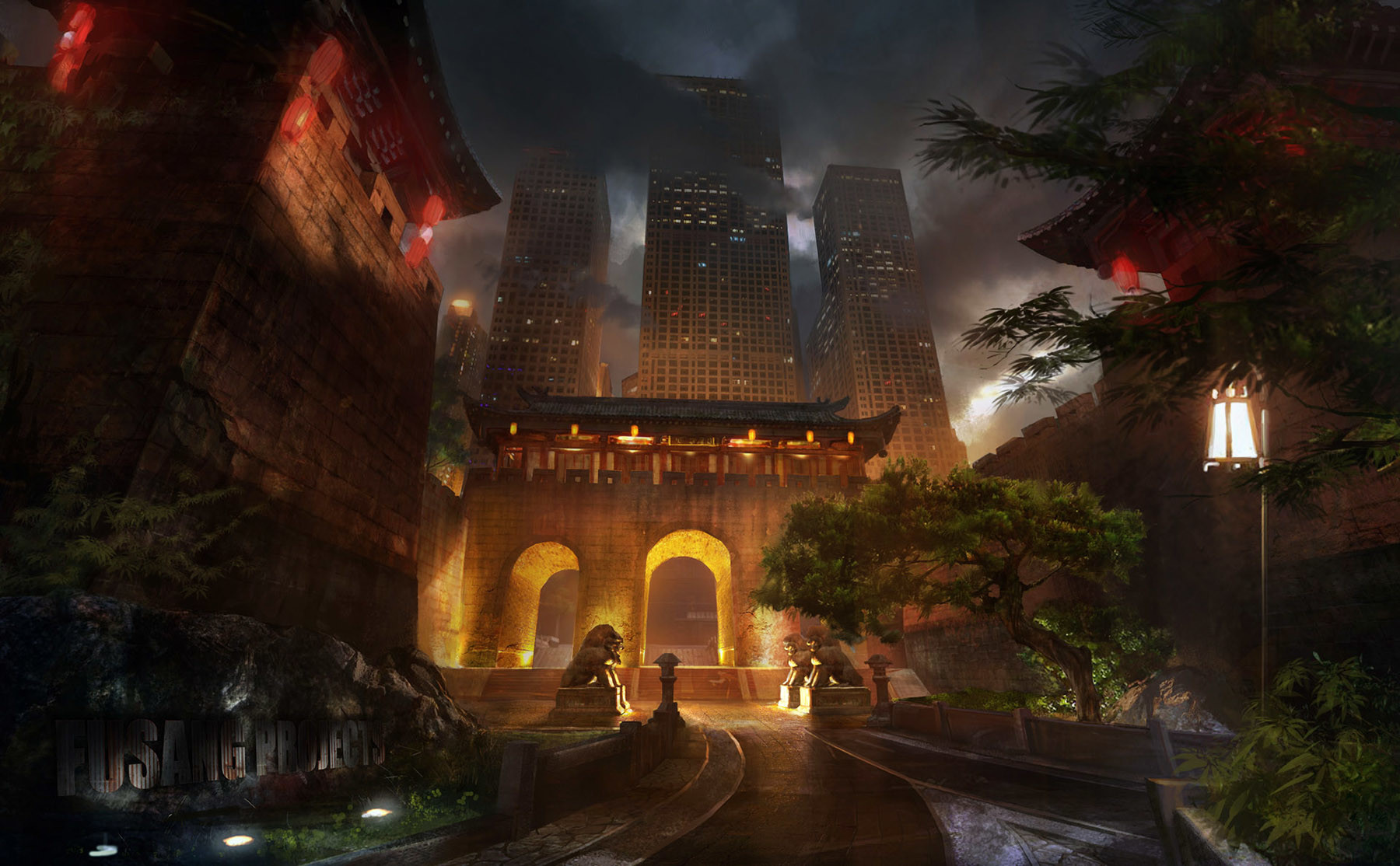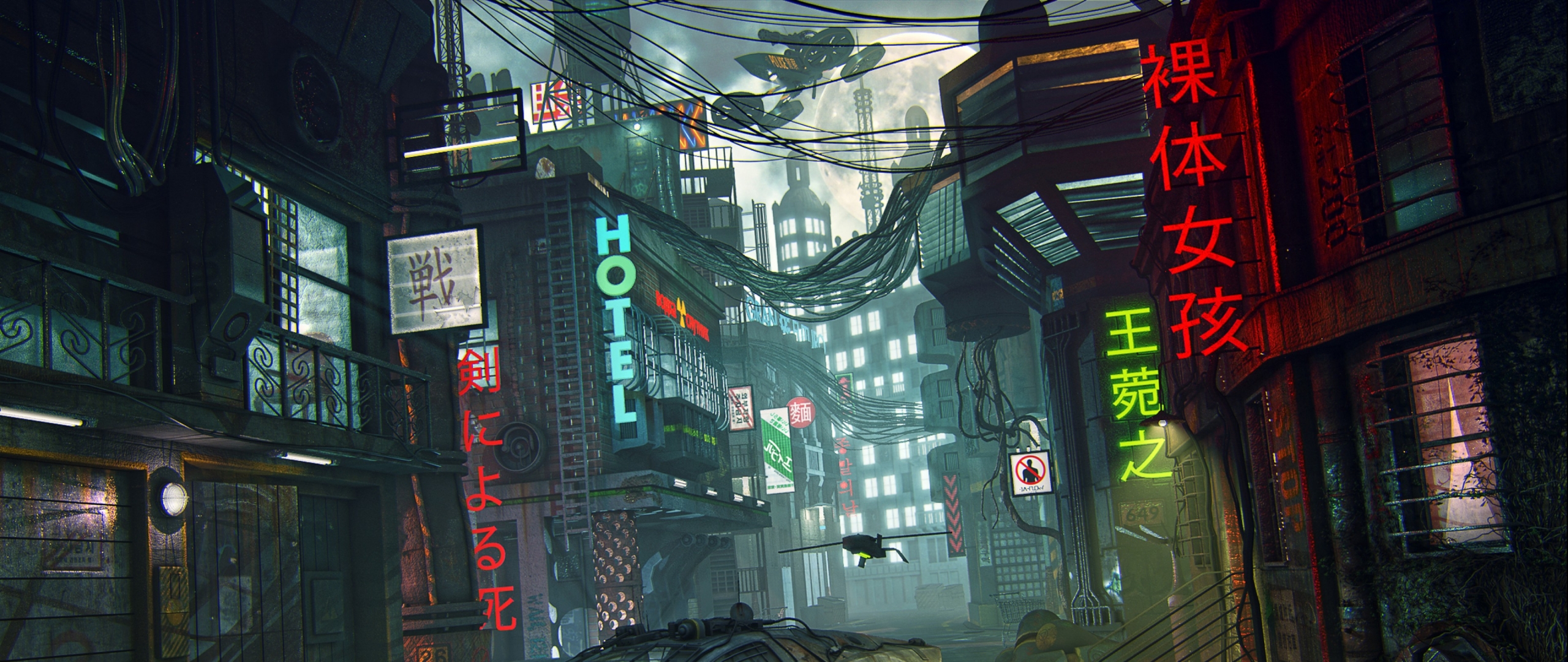Jade District
Once known as South Boston, the Jade District has become one of the most culturally and economically significant areas of Neo-Boston. Its transformation began with waves of immigration following the Pacific Collapse and the Second Chinese Civil War, bringing an influx of skilled refugees, displaced elites, and ambitious entrepreneurs from China and beyond. Today, the district is a thriving fusion of tradition and high-tech commerce, where neon-lit pagodas stand beside towering cybernetic clinics, and centuries-old street markets operate in the shadow of corporate megastructures.
Aspects:
City within a city
Reeks of old magic
The Jade District is a powerhouse of trade, finance, and underground dealings, its bustling streets serving as the gateway to Neo-Boston’s Eastern markets. Here, hidden exchanges of priceless artifacts, experimental biotech, and black-market cybernetics take place under the watchful eyes of those who control the district’s wealth. While legitimate commerce flourishes, the district’s underworld economy is just as strong, with unregulated financial networks and shadowy agreements shaping its future as much as corporate investments.
Despite its prosperity, the Jade District is not without conflict. Its autonomy and economic strength make it a valuable target for external forces, and tensions with the South End have been known to flare up when interests collide. However, the district’s future is dictated by its own—outsiders, whether corporate, criminal, or governmental, have always struggled to impose their will here.
At its heart, the Jade District remains a city within a city, rich with ancient magic that lingers in the alleys, whispered through old traditions, and hidden in the artifacts traded behind closed doors. In a world driven by technology, the district holds onto something older—a power that does not forget.
Tourism
The heart of the district is The Dragon Gate, a towering archway now reinforced with holographic glyphs and surveillance drones, marking the entrance to the old quarter. The Lotus Exchange, a financial and trade center, handles legitimate business ventures while also acting as a front for illicit operations. Meanwhile, the Wong Fei Hung Martial Academy, once a historic training ground, has evolved into a training center for augmented enforcers and mercenary recruits.





Comments